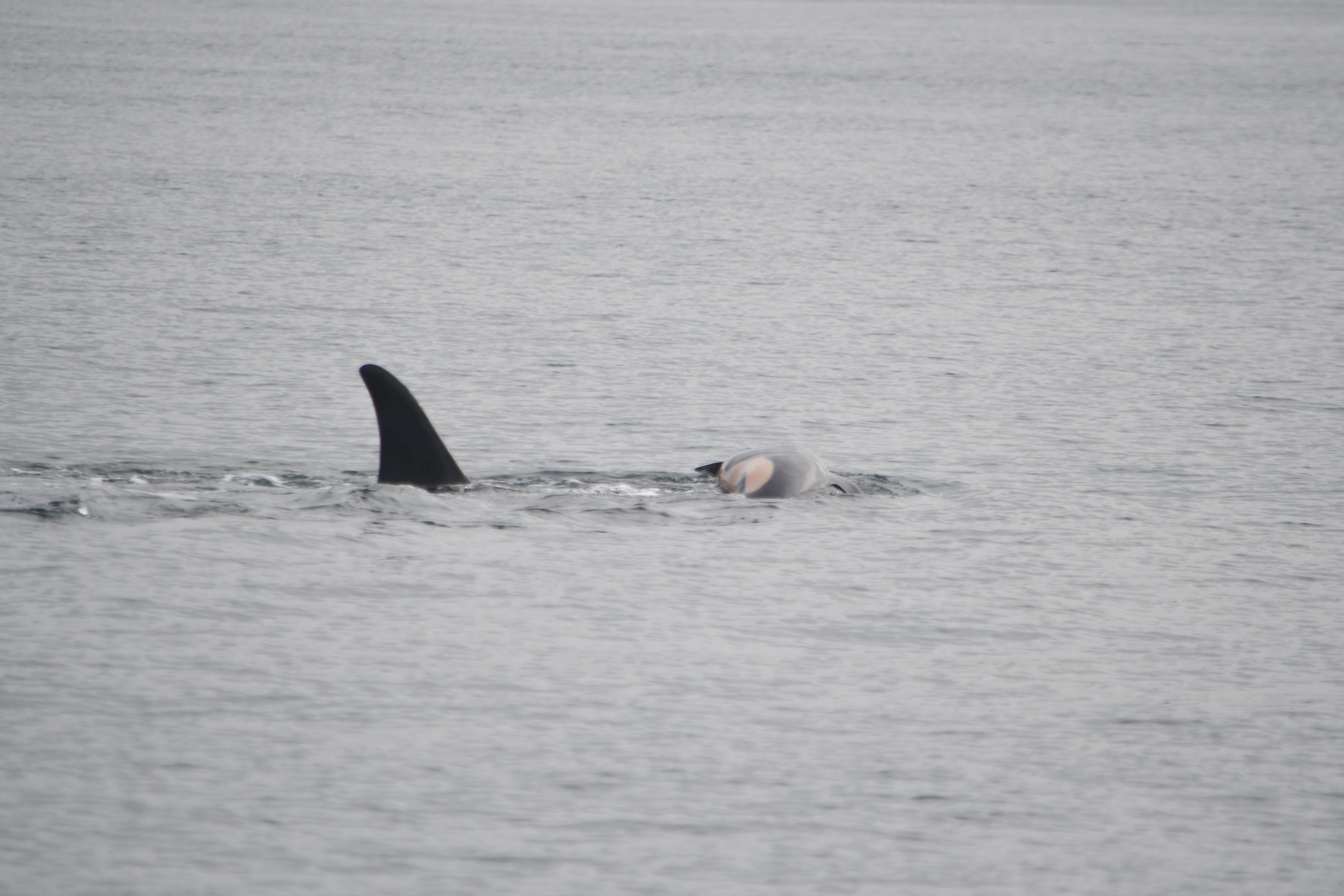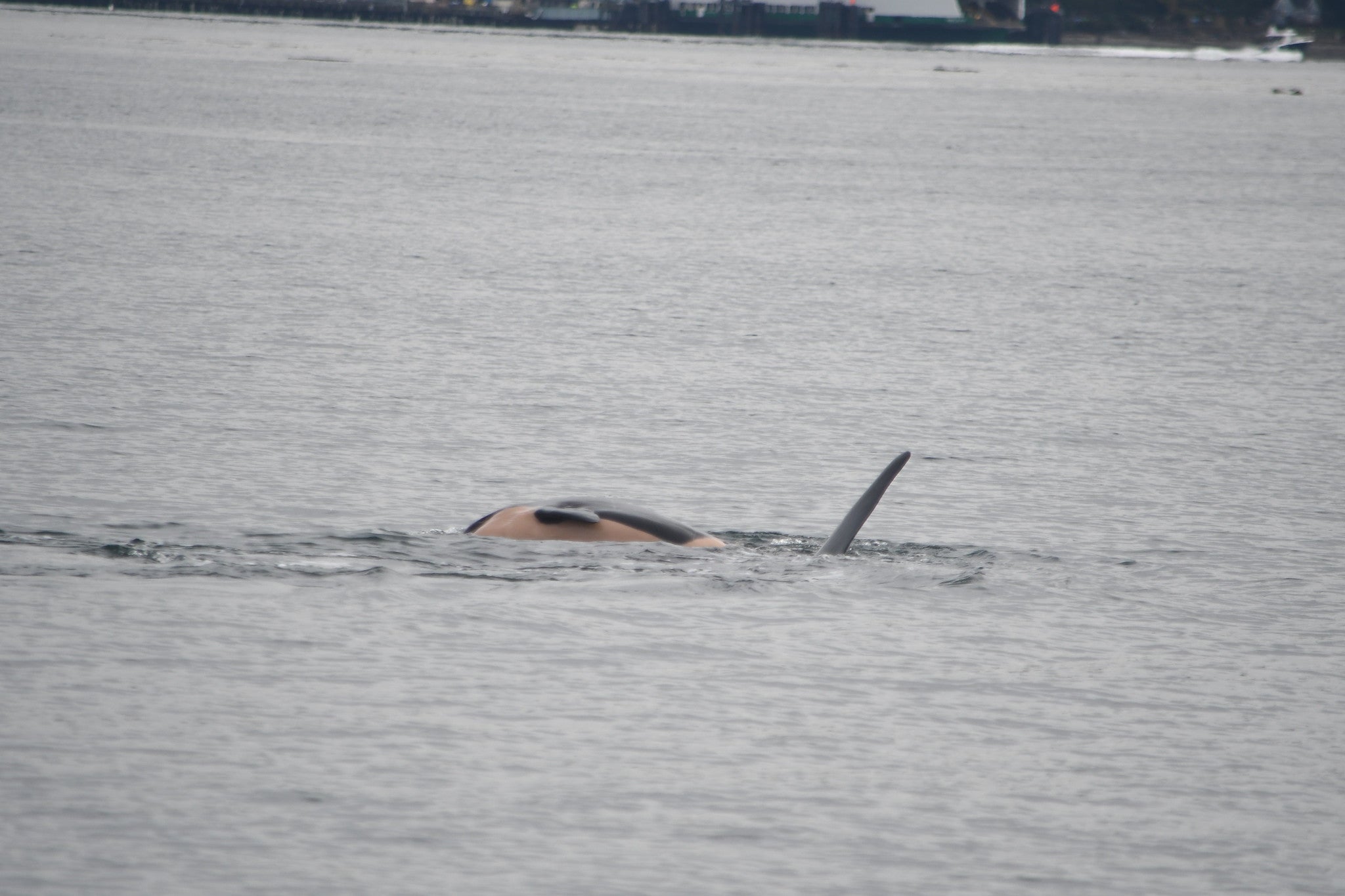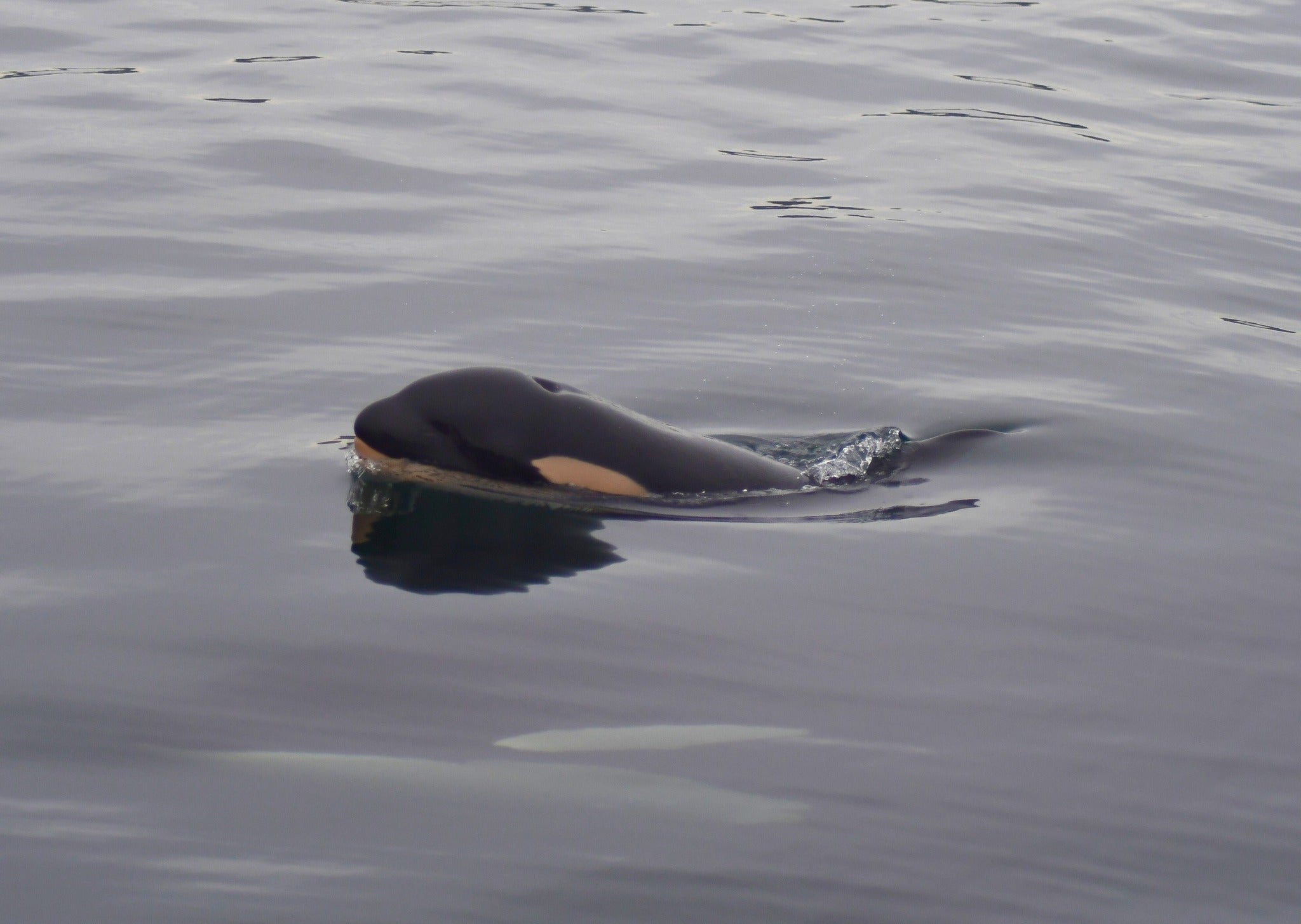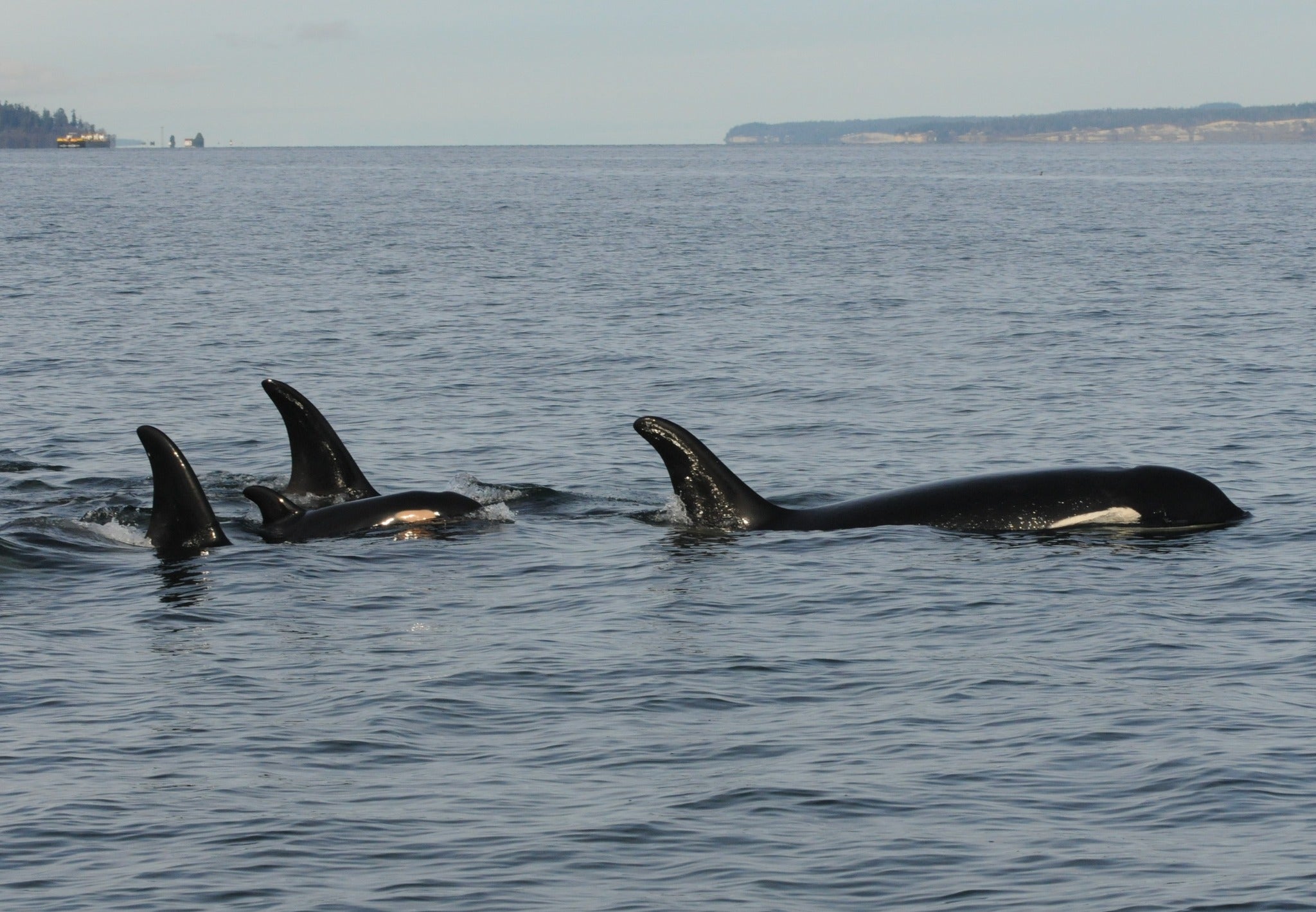Grieving mother orca whale carries dead baby — again
Tahlequah had carried her other dead female calf for more than two weeks seven years ago
Your support helps us to tell the story
From reproductive rights to climate change to Big Tech, The Independent is on the ground when the story is developing. Whether it's investigating the financials of Elon Musk's pro-Trump PAC or producing our latest documentary, 'The A Word', which shines a light on the American women fighting for reproductive rights, we know how important it is to parse out the facts from the messaging.
At such a critical moment in US history, we need reporters on the ground. Your donation allows us to keep sending journalists to speak to both sides of the story.
The Independent is trusted by Americans across the entire political spectrum. And unlike many other quality news outlets, we choose not to lock Americans out of our reporting and analysis with paywalls. We believe quality journalism should be available to everyone, paid for by those who can afford it.
Your support makes all the difference.Tahlequah, a mother orca who gained fame in 2018 for carrying her deceased calf on her back, has lost another child — and heartbreaking photos and video show her again continuing to carry her dead baby.
Researchers said that the calf, born off the shore of Washington state and known as J61, was female. She only lived for around a week and has been dead for a few days.
“The death of any calf in the Southern Resident killer whale population is a tremendous loss, but the death of J61 is particularly devastating, not just because she was a female, who could have one day potentially led her own matriline but also given the history of her mother J35 who has now lost two out of four documented calves – both of which were female,” the Center for Whale Research wrote in a Facebook post.

After the orca had her calf die in 2018, she carried her baby’s body on her back for an unprecedented 17 days and over 1,000 miles, garnering international attention and highlighting the complex ways that animals also process grief and death.
Now, Tahlequah, also known as J35, is carrying J61’s body on her head. There is no way to tell how long she’ll carry the calf.
“Over the last few years, we realized that we have the same neurotransmitters that they have. We have the same hormones that they have. Why shouldn’t we also have the same emotions that they have,” Joe Gaydos, the chief scientist for the UC Davis SeaDoc Society Program, told reporters at a Thursday press conference.
He noted that similar behavior had been observed in other animals, and particularly in long-lived and socially cohesive animals.
“We don’t have the market cornered on emotions. So, I think it’s fair to say that she is grieving, or mourning,” he added.
The researchers have not provided a cause of death, but noted that they, NOAA, and other groups would conduct follow-up observations of Tahlequah and her other new calf, J62, when conditions and movements of the whales allow.

“Obviously, it’s a heartbreaking, tragic situation for not just her, but also for the population,” NOAA orca researcher Brad Hanson told KUOW. “This particular calf was a female, and we need young viable females that recruit into the population in order to be able to recover it.”
Previously, the team had expressed concern about J61’s health based on the behavior of the calf and her mother. An agency that conducts body measurements said they believed the calf was premature and in subnormal body condition in October, the Orca Conservancy noted last month.

Scientists had worried about Tahlequah’s health seven years ago, as well. She is now in her late twenties, and orcas can live between 50 and 90 years in the wild.
Dr. Brad Hanson, a wildlife biologist with NOAA’s Northwest Fisheries Science Center, said Thursday that she may not have had the time to recover from her prior calf.
They had hoped that she was able to keep J61 alive through the early days, noting that “early life is always dangerous for new calves, with a very high mortality rate in the first year.”
“We are very grateful to our colleagues in Puget Sound who have been conducting fieldwork and sharing their observations with us,” the center said.
The sex of J62 remains unknown, but has appeared “physically and behaviorally normal.”

Unfortunately, baby orcas have what is roughly estimated to be a 50 percent mortality rate, according to Andrew Trite, the director of marine mammal research at the institute for oceans and fisheries in UBC’s zoology department, told the Vancouver Sun.
Scientists were never able to figure out the cause of death of her other calf in 2018.
Experts said Thursday that female orcas with more sons are less likely to successfully produce a calf.
“The first born has a higher probability of dying, largely due to inexperience,” he said. “It’s about the challenge of nursing.”

Join our commenting forum
Join thought-provoking conversations, follow other Independent readers and see their replies
Comments